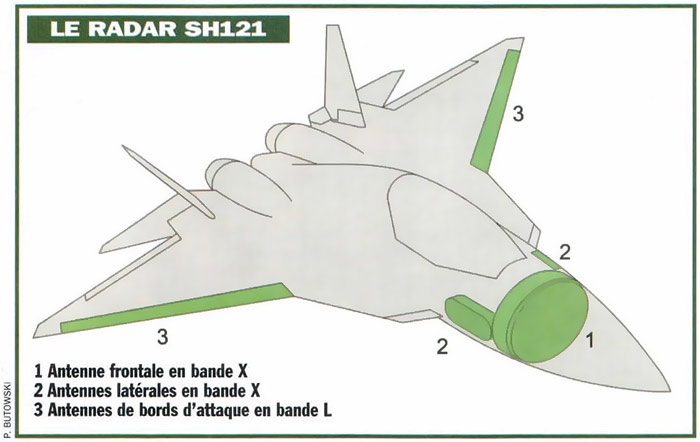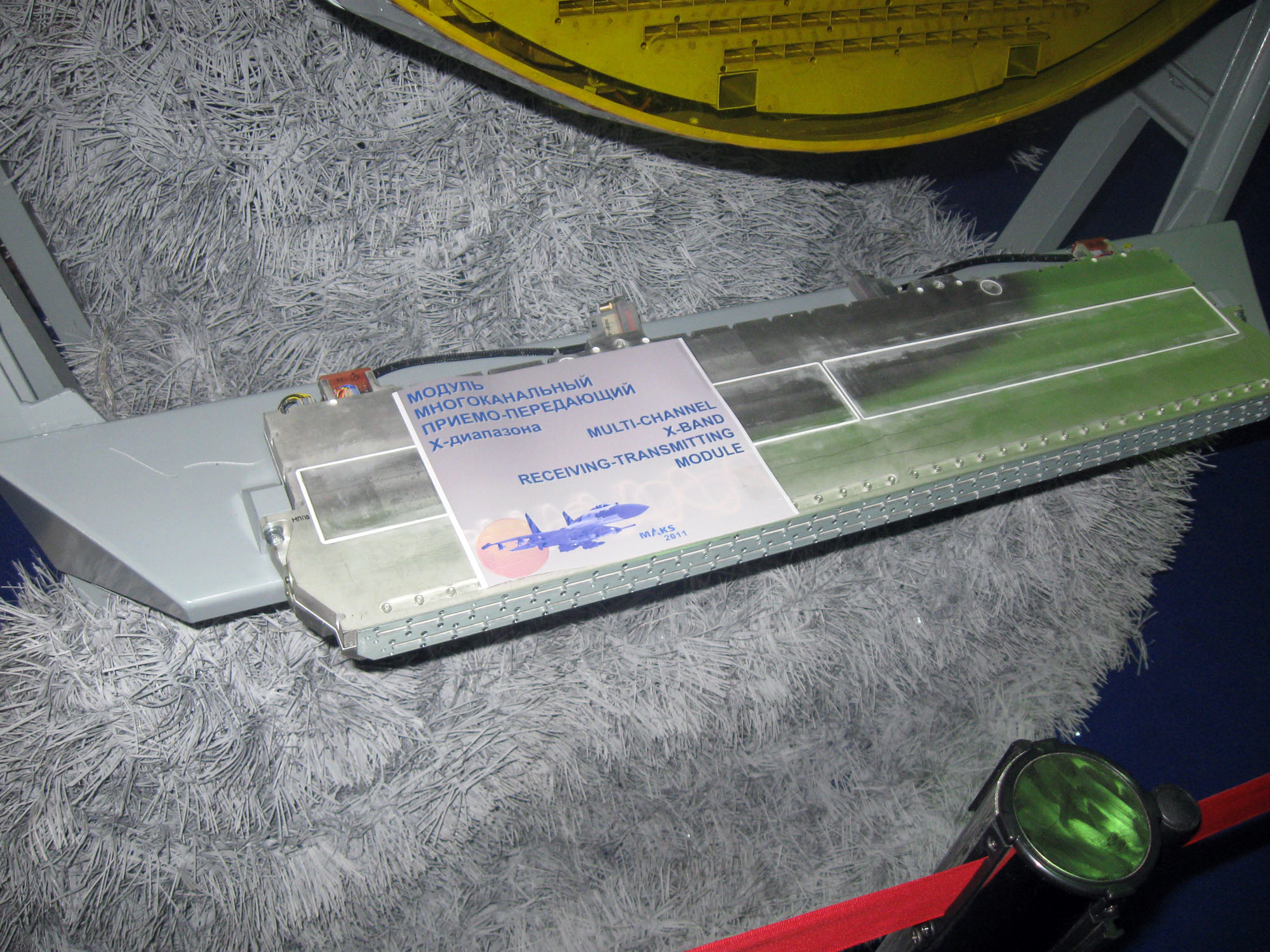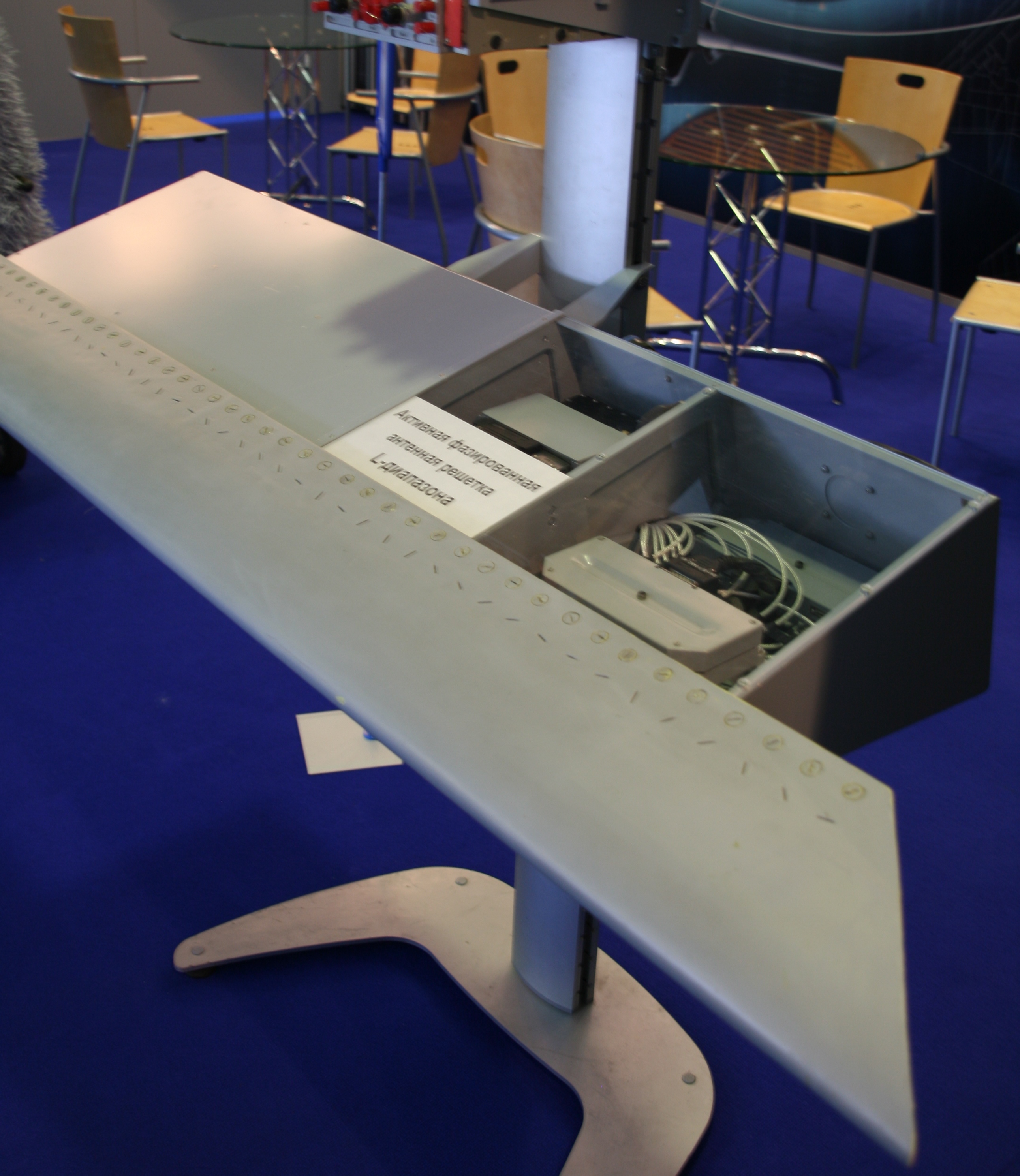Development PAK FA program
Recent months have been marked by significant progress in advancing the program of the Russian fifth generation fighter PAK FA (promising aviation complex tactical aviation). October 27, 2013 in Komsomolsk-on-Amur, makes its first flight the fifth flight of the PAK FA prototype - aircraft T-50-5. November 20, this machine came to pass tests at the airfield of "Flight Research Institute named after Gromov" in Zhukovsky near Moscow. In early 2014 assumed the presentation of the PAK FA on State tests, the first phase of which is scheduled for completion in 2015. By the time of the first flight of the T-50-5 were more than 450 flight first four flight prototypes of T-50 - recall that flight tests of the first flight of a prototype T-50-1 was launched January 29, 2010.
Komsomolsk-on-Amur aviation plant named after Yuri Gagarin (branch of "Company" Sukhoi ") conducted another four production prototypes of the PAK FA - aircraft T-50-6-1, T-50-6-2, T-50 and T-7-50-8, which should be submitted before the end of 2014.
Fifth flight prototype fifth-generation fighter PAK FA - aircraft T-50-5 ("board room 055"). Komsomolsk-on-Amur, in November 2013 (c) of Komsomolsk-on-Amur Aircraft Plant named after Yuri Gagarin (branch of "Company" Sukhoi ").
Simultaneously moves into the production stage of the creation of major systems for the PAK FA.
As part of the PAK FA are two promising Turbofan engines for this aircraft, both projects are carried out under the auspices of the created "OPK" Oboronprom "engine-integrated group - OJSC" United Engine Corporation "(APC). Currently, the PAK FA are powered by the first stage ("article 117" AL-41F1) developed by JSC "NPO" Saturn ", production of which is JSC" Ufa Engine Industrial Association "(UMPO). Engine "article 117" to a maximum thrust of 14,500 kg is a further development of the well known family of AL-31F engines with preservation of their "hot side" and using the modified compressor engine AL-41F ("article 20"), previously developed in the framework of another Soviet fighter program fifth generation of MFIs. To date, produced 18 engines of the first stage ("article 117"), four of which are bench trials and 14 - flight tests of objects T-50. At the current stage of development on the basic elements of the engine "article 117" made life 750 hours before overhaul. Being prepared for mass production engine UMPO.
For further development of the PAK FA and fully achieve all its desired characteristics, a new engine of the second stage ("article 30") up to a maximum thrust of 16,000 pounds or more, which should be brought to production approximately 2020. Development of the engine of the second stage is carried out in cooperation between the enterprises division "Engines for combat aircraft" JDC, while KB-integrator for the development of the engine is defined branch UMPO - "OKB. A.Lyulka. " In co-operation also involved FSUE "STC Gas Turbine" Salute "(Moscow) and JSC" NPP "Motor" (Ufa). In addition, the work involved and the designers of "NPO" Saturn "(Rybinsk) included in another Division JDC -" Engines for civil aviation. " Head factory production engines of the second stage will UMPO.
Work on the engine of the second stage ("article 30") PAK FA include research work to develop a new gas generator comprising a five-stage high pressure compressor, combustor and turbine-stage high and low pressure, as well as research on the development of three-stage low-pressure compressor.
Until the end of 2013 should be completed engineering design of the engine of the second stage and released documentation for manufacturing and engine core demonstrator. In 2014, production is scheduled to UMPO bench tests and pilot gas generators and engine demonstrator "article 30".
Radar complex weapons control system W-121 aircraft PAK FA with radar N036 with pyatiantennoy system with active phased array (AESA) was established with the leading role of "Scientific Research Institute of Instrument name Tikhomirov" (NIIP Zhukovsky). The structure consists of five N036 radar AFAR - active phased array X-band N036-01-1, placed in front of the fuselage, two AFAR sidescan N036B and N036B-01, and two AFAR N036L N36L-01 and L-band in socks wing, designed to detect and state identification purposes. Also included in the RLC purpose computer system N036UVS. Flight tests of prototypes RFCs W-121 have been conducted since July 2012 a prototype T-50 and T-3-50-4, and is now the most complete configuration, they will be carried out on the T-50-5. Serial production of RFCs W-121 is adjusted by JSC "Ryazan State Instrument-Making Plant" (GRPZ).
Staffing antenna arrangement RFCs W-121 Aircraft PAK FA (c) Peter Butovsky / Air Cosmos
The greatest progress in the development of W-121 RLC associated with bringing to a state of mass production the main element radar AFAR - transceiver modules.
The production of such modules - broadband microwave amplifiers for PPR, is a monolithic integrated circuit type GaN - established at FSUE "Scientific-Industrial Enterprise" Istok "(Fryazino, Moscow region) included in the composition of the holding" Roselektronika. "
Development of modules for microwave radar N036 carried on NPP "Source" since 2003. Based on the power transistors and monolithic integrated circuits interest microwave before acceptance have been developed microwave modules for active phased array of bedinyayuschie in all the two-ne Reda TV antenna, supply chain of chilled water systems and digital governance.
Currently, the NPP "Istok" launched Russia's first line for the industrial production of transistors and integrated circuits monolithic microwave. For our country, it was a breakthrough, because four years ago, microwave monolithic integrated circuits produced only single specimens. The launch of this line allowed volume production of microwave sub-modules for radar AFAR.
Established in Enterprise "Istok" pilot line for assembling, configuring, testing and mass production of microwave sub-modules AFAR has a capacity of 100,000 units per year, provided that the development from 2010 serial production of low-temperature multi-layer ceramic (LTSS). Initial ceramic tape manufactured by this company. Commissioned special area for machining of body parts for microwave AFAR submodules with up to 200 thousand sets of parts per year.
Nasal and reactance phased array X-band H 036-01-1 (1522 transceiver modules) radar N036 RFCs W-121 aircraft PAK FA exposure in the MAKS-2009 (c) paralay.iboards.ru
Multichannel transceiver modules X-band radar N036 RFCs W-121 aircraft PAK FA exposure in MAKS-2011 (with) paralay.iboards.ru
Active phased array L-band N036L radar N036 W RLC-121 for placement in an airplane wing socks PAK FA. Exposure MAKS-2011 (with) paralay.iboards.ru
Development of guided weapons for the PAK FA performed of "Tactical Missiles Corporation" (Tactical Missiles Corporation). Complexes missile air-to-air are included in the Tactical Missiles Corporation JSC Moscow "State Bureau" Vympel "named after II Toropova." For the PAK FA "Vympel" is developing promising products "air-air" small, medium and long-range internal accommodation and gradual build-up of their combat performance.
In the area of "‹"‹short-range weapons, work is underway to modernize the family of R-73. The major direction of modernization was the establishment of "product 760" (RVV-MD), the so-called "second stage of modernization." Features rocket backfilled by equipping its combined control system comprising a heat seeker, an inertial system (MIS) and receiver line radio correction.
May be a takeover target after starting on the target designation from the ISU. Transverse dimension of 320 x 320 missiles mm. It can capture the target for the trajectory and when you start to make a U-turn at 160 degrees. Stated that "article 760" passed state tests and is ready for serial production.
It also creates a virtually new short-range missiles, short-range air combat and highly maneuverable missile defense, designated K-MD ("article 300"). The missile is equipped with a matrix of thermal GOS possibility of pattern recognition and increased range of capture twice. Engine with dual-mode operation time up to 100 seconds and three-channel gas flow control device. Test launch expected in 2014-2015.
In the field of medium-range weapons are the modernization of the R-77. An improved version of the first rocket was "170-1 product." The next stage of modernization was "article 180" (RVV-SD). Lattice handlebars replaced with non-folding flat handlebars. The missile is equipped with a new multi-mode active-passive radar seeker. According to the known data, production of RVV-SD should be initiated in 2013.
A separate line of development of missiles R-77 family is the creation of a "product-PD 180" extended range, and missiles with index "181C product." In addition, "Vympel" is the creation of a new medium-range missile designs.
In the area of long-range weapons for the PAK FA "Vympel" is working on upgrading the R-37. Based on "articles 610m" developed a new "product 810". This rocket is to be placed in the inner compartments of the PAK FA. Tests are scheduled for 2014-2015.
As armament air-to-surface on the PAK FA "first steps" to use a number of new weapons enterprises Tactical Missiles Corporation - developed of "SSPE" Region "corrected air bombs KAB-250 caliber 250 kg (presumably has a combined satellite and semi-active laser system guidance), anti-radar missiles Kh-58USHK (developer of "GosMKB" Rainbow "them. Bereznyak AY") and modular guided short-range missiles Kh-38 family (parent company developer of Tactical Missiles Corporation).
Google Translate






